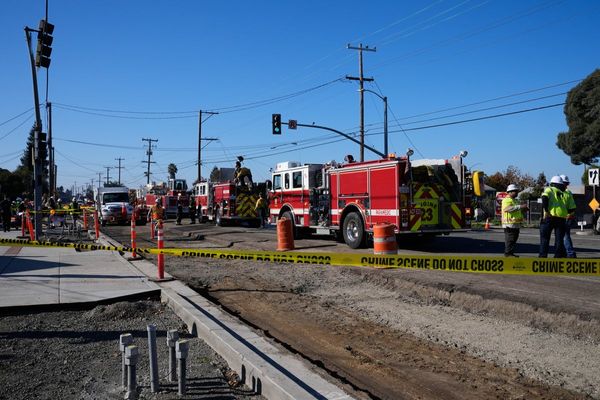
About 14 miles west of Leicester there is a hamlet called Barton in the Beans. I have visited only by Google Street View but it is mentioned in the Doomsday Book as Bartone, which signified a barley enclosure or farm owned by the lord of a manor. It is noted as having a population of three households in 1086, putting it in the smallest 20% of settlements recorded (although, rest assured, the lord of the manor, Hugh of Grandmesnil, and his family had oodles of other land). Bartone became Barton in Fabis, fabis being the latin for beans, in this case vicia faba – broad, fava or faba beans – and then later Barton in the Beans: production perpetuated in a name. Importantly, though, bean cultivation in the area – and the consumption of broad and field beans by humans and animals – predates the name, going back to the iron age, and possibly even the bronze age.
170 miles south, in Somerset, a variety of broad beans took the name of the village where they originated; Martock beans became a staple not only for fasting and bean feasting, but were a fundamental part of the medieval survival diet. They were eaten both fresh and dried, meaning simmered for soups and stews, baked in the oven or ground into flour. According to Marwood Yeatman, in his book The Last Food of England, the Martock bean was mentioned in the manorial rolls of 1273, and also in a saying that goes: “If you shake a Martock man, he rattles.”
A dried broad bean rattle is a good rattle. Especially when it’s the split ones, which look like bone buttons or unfortunate teeth, and, when held between two cupped hands, are almost as good as a shaker. They soften to become creamy and floury, with a flavour that’s somewhere between a pea, cannellini bean, chickpea and chestnut; I’d love dried split broad beans even if they required long soaking. The fact they only need a brief one, which can be skipped, makes them even more lovable and useful.
They are also mischievous beans that trick you twice. First when they kid you that they are not going to soften, so you chase one round the pan, taste and worry, and the next thing you know they are a soft and collapsing soup. The second time is when, while you are setting the table, they turn soup to hummus. Which is why you have to keep an eye on the amount of liquid when making this week’s recipe for broad bean, potato and fennel soup. If you don’t like fennel, it could be substituted with leek and parsley for flecks of green.
Coming back to sayings, there’s a similar one from the East Midlands and Barton in the Beans, which John Benjamin Firth recorded in 1926 book Highways and Byways of Leicestershire: “Shake a Leicestershire man by the collar and you may hear the beans rattle in his belly.” There is no rattle with soup of course – it is too soothing for that.
Dried broad bean, potato and fennel soup
Soak 1 hr (optional)
Prep 5 min
Cook 50 min
Serves 4
200g dried (shelled and split) broad beans
4 tbsp olive oil
1 onion, peeled and diced
1 medium potato, peeled and diced
1 small bulb of fennel, trimmed and diced, with any frilly fronds set apart
Salt and black pepper
If you have time, soak the dried broad beans in water for an hour, then drain. If you don’t have time, they will just take longer to cook.
In a soup pan, soften the onion in the olive oil with a pinch of salt, then add the beans, potato and fennel and cook, stirring, for a few minutes.
Add 1.3 litres of water and bring to the boil, then reduce to a simmer and cook, half covered, for 40 minutes, or until the beans are soft and collapsing. The soup should remain slightly brothy, so add a bit more water if needed.
In the last moments of cooking, taste and add salt and pepper as needed, as well as the fennel fronds. Serve with a swirl of olive oil.







